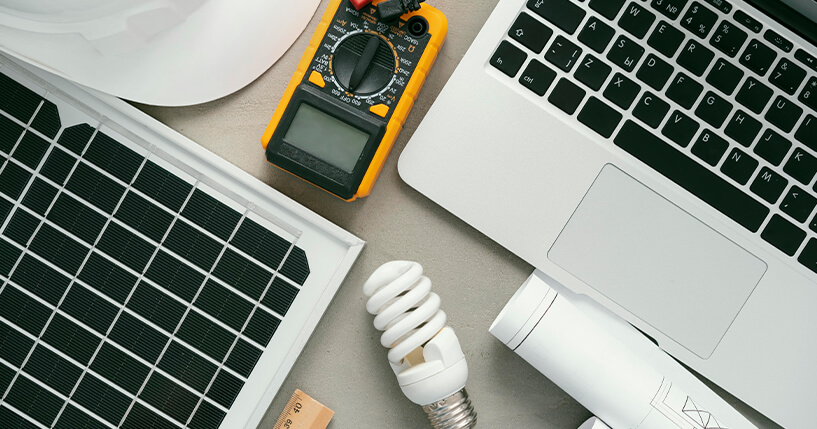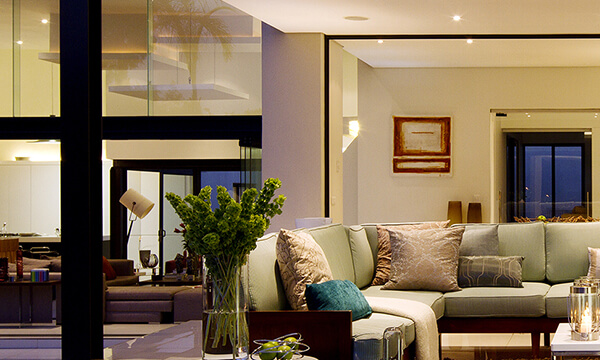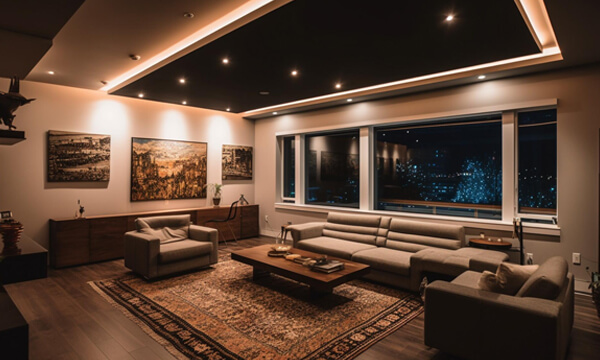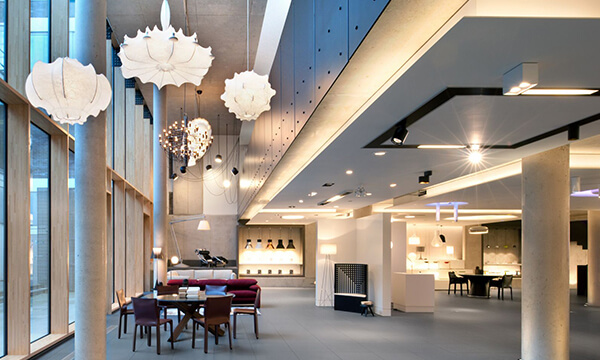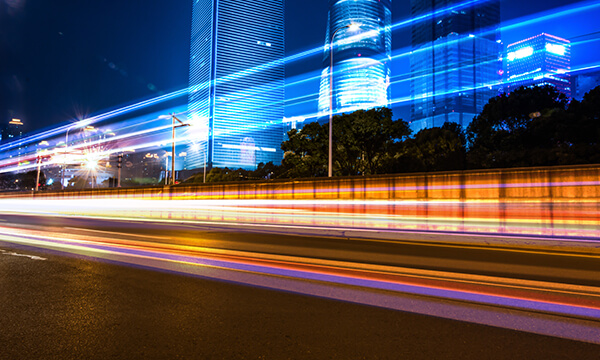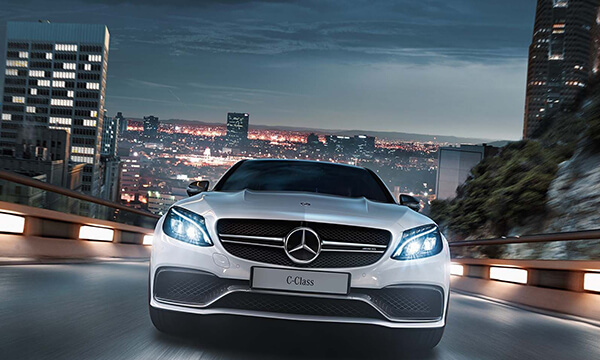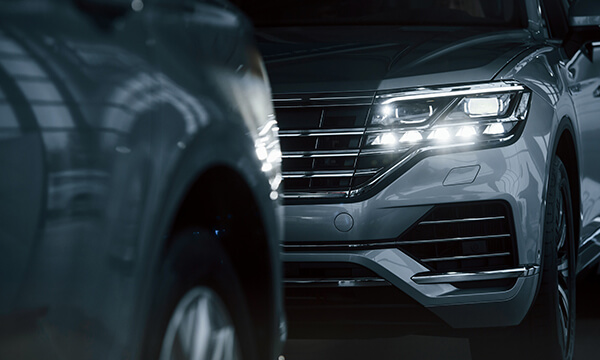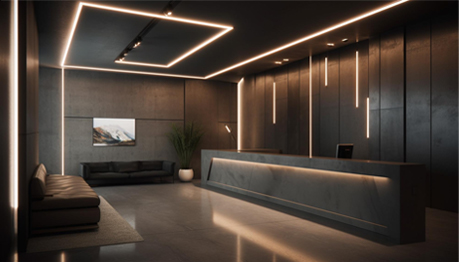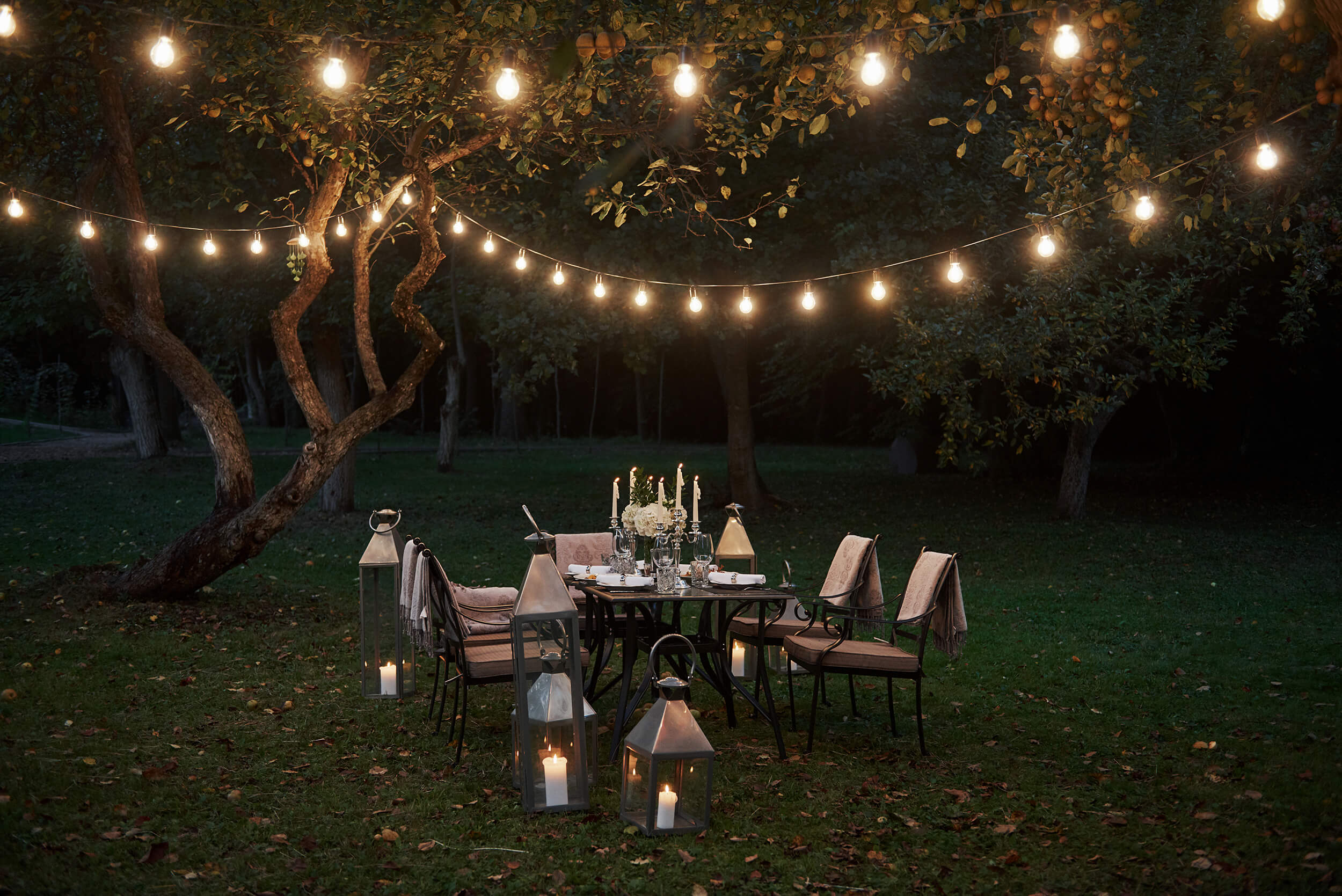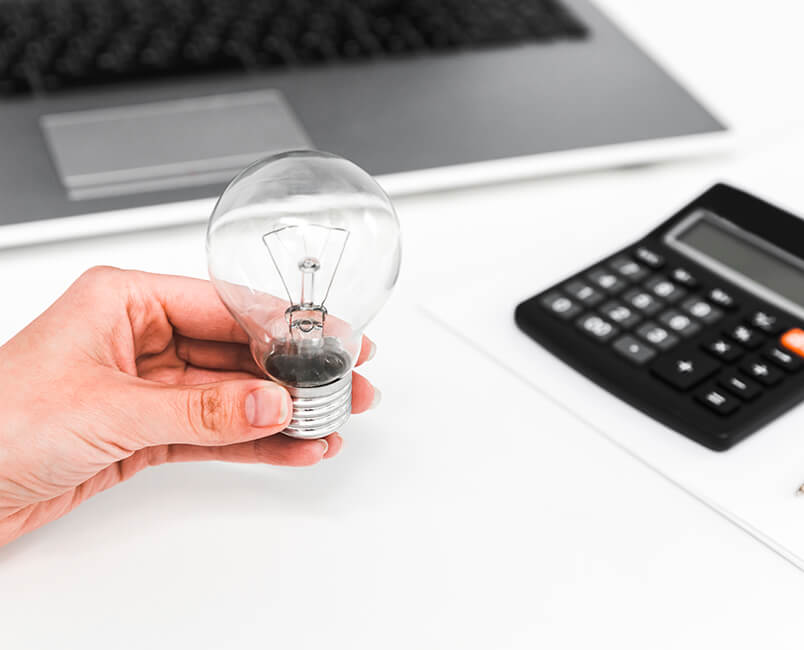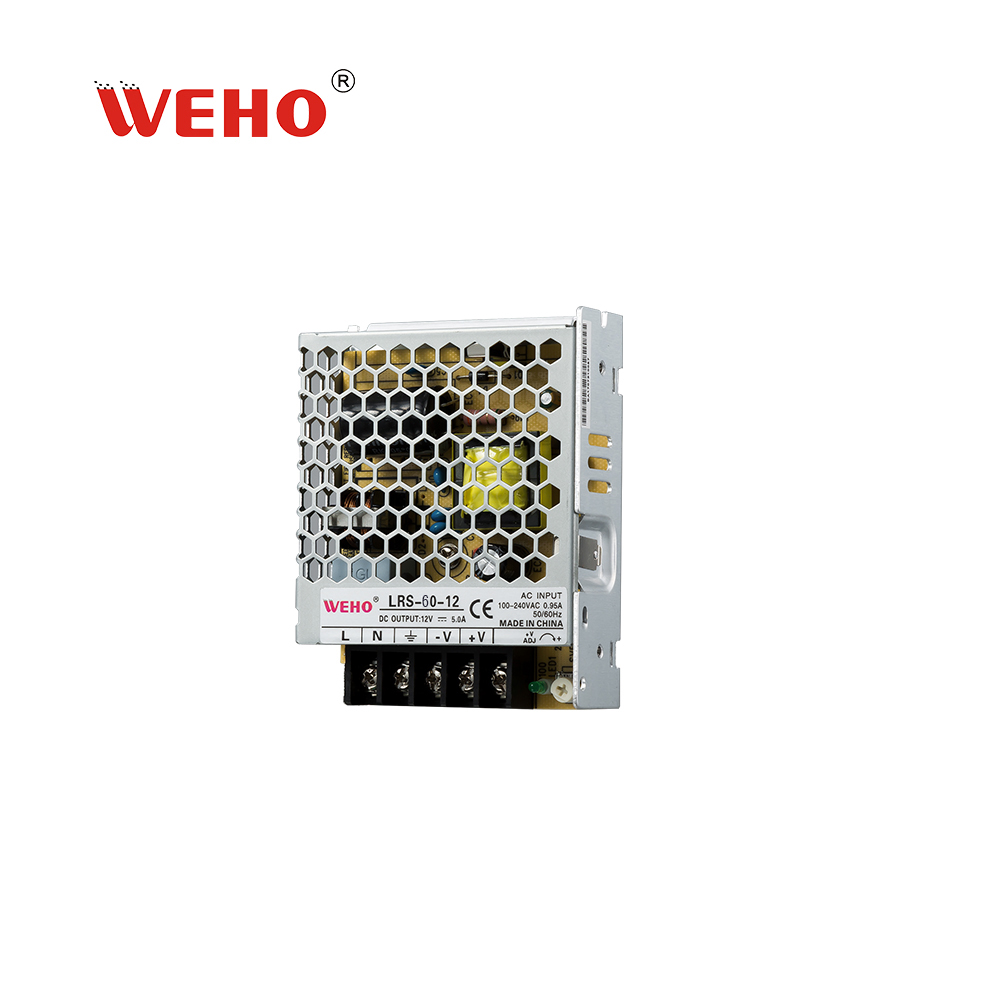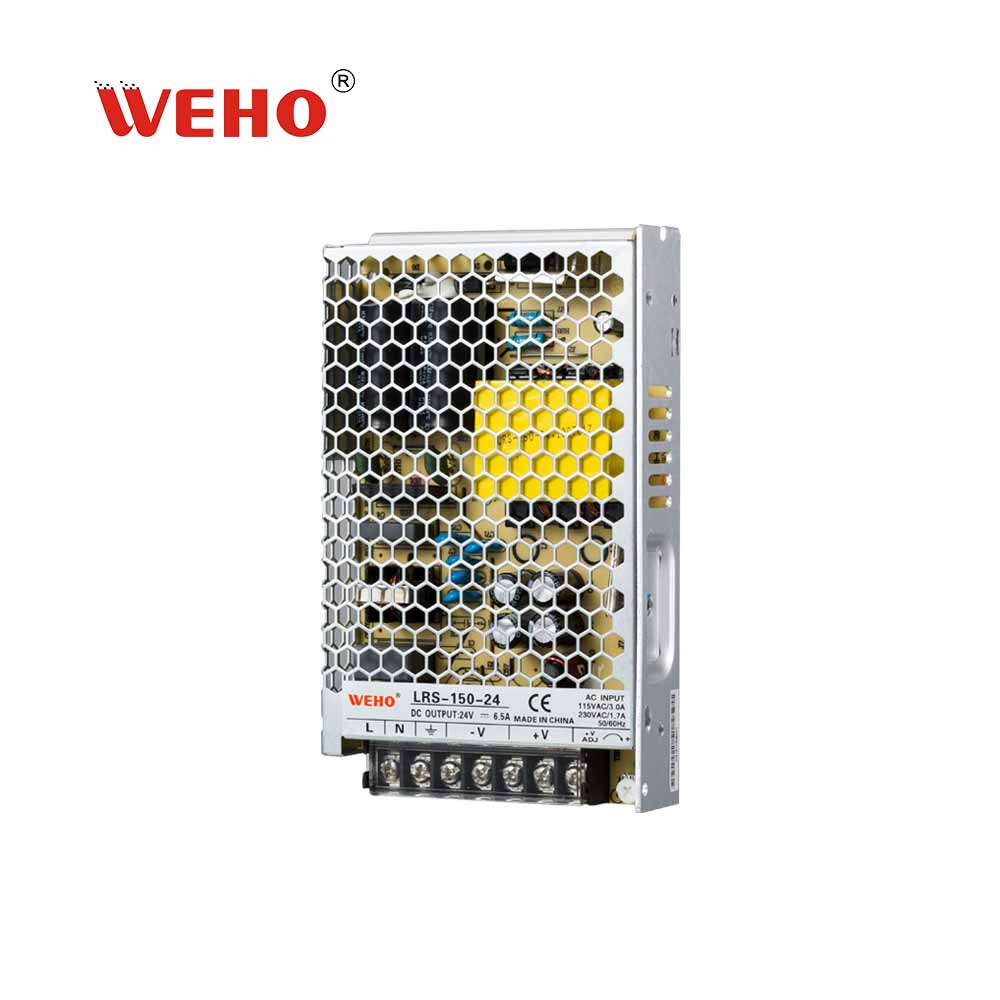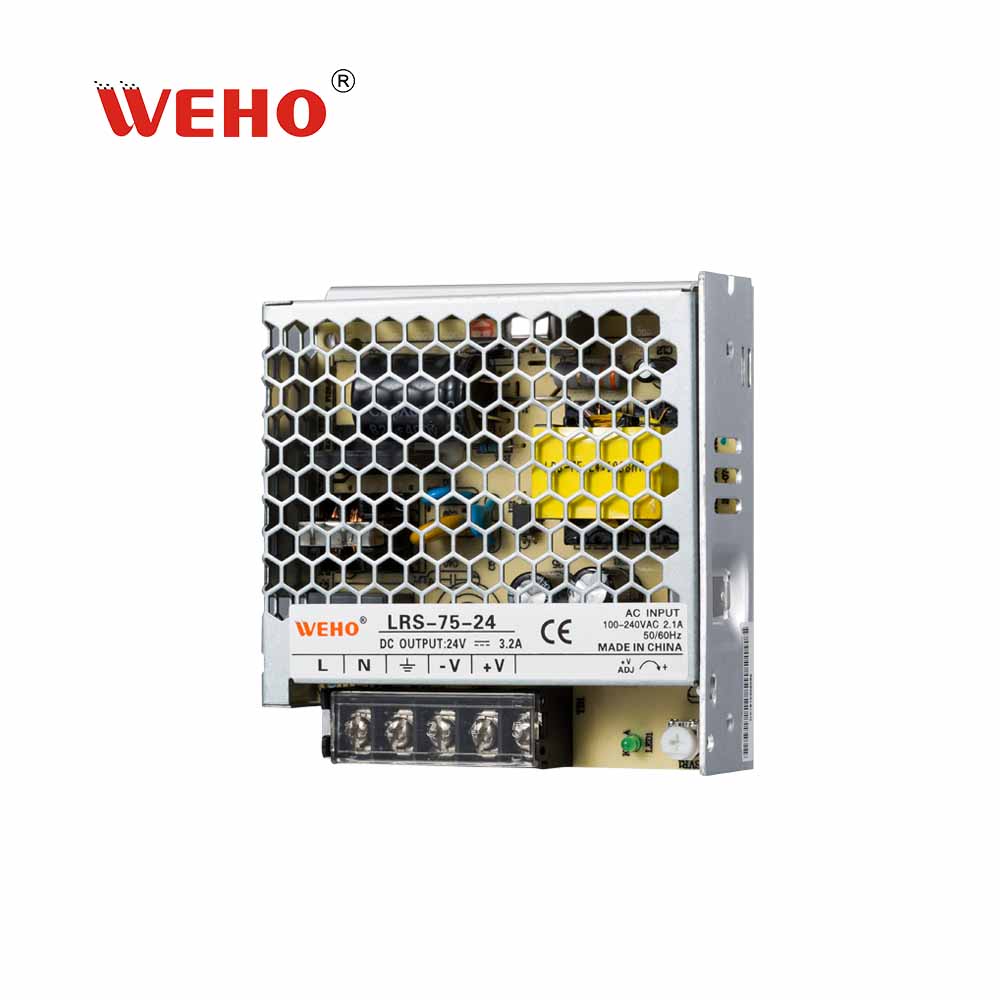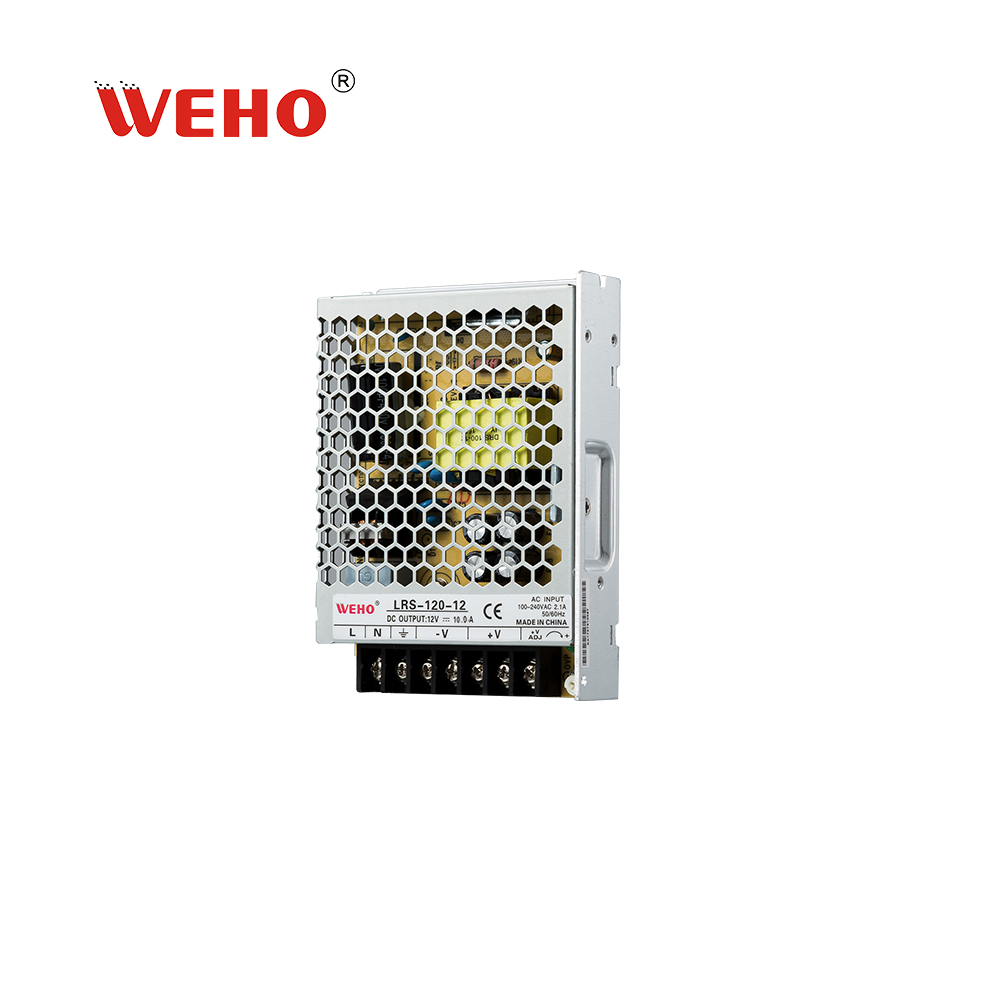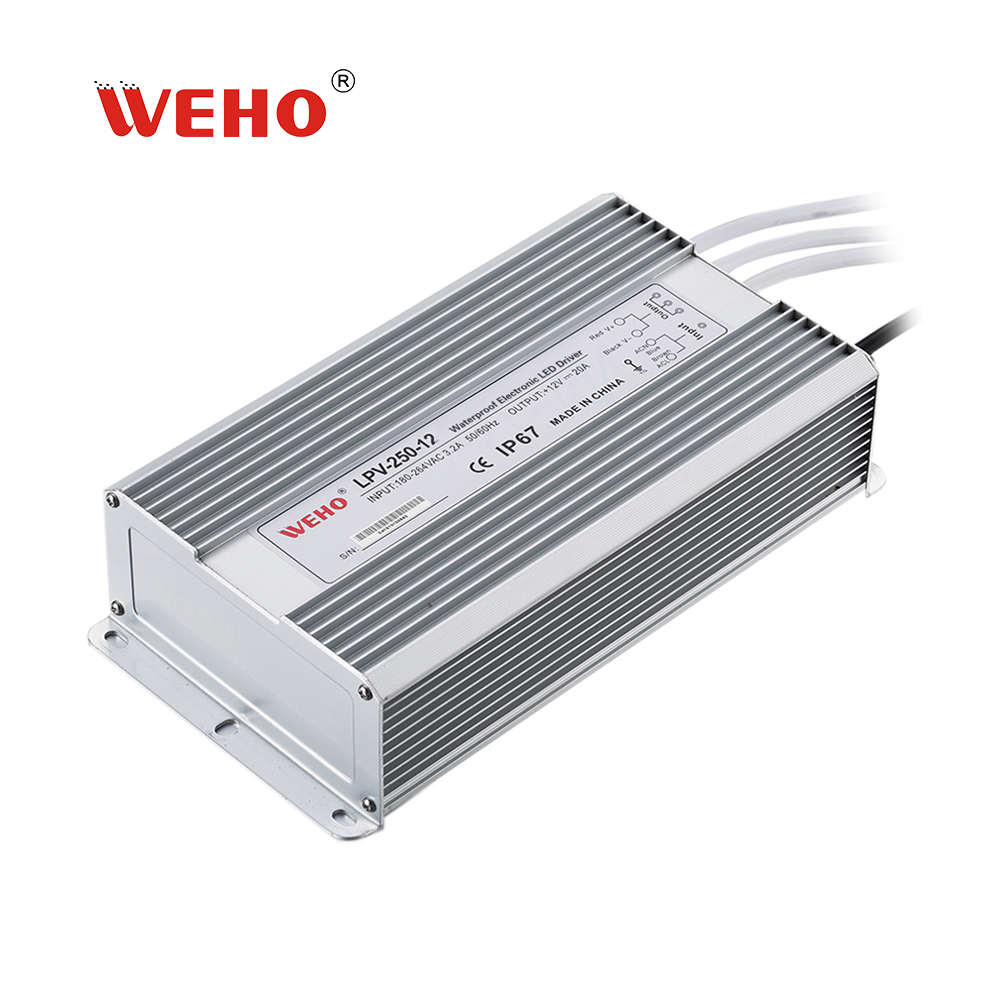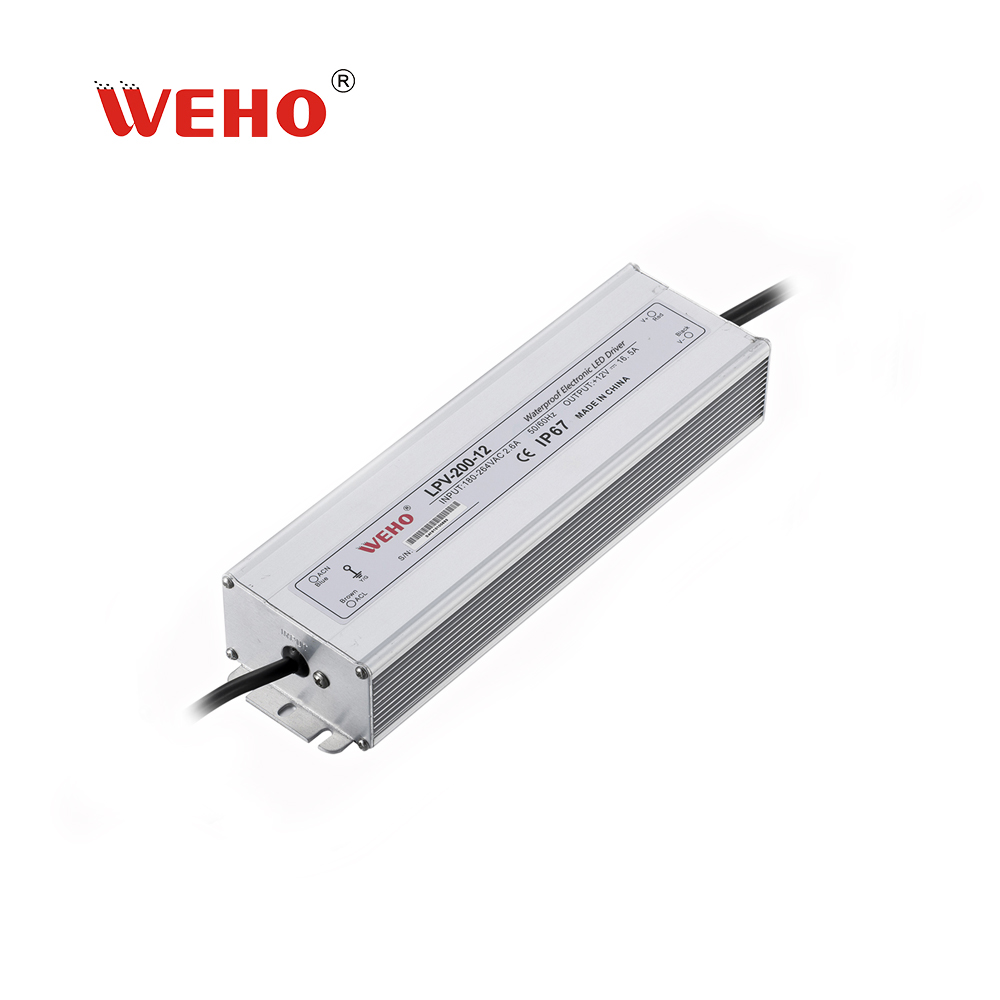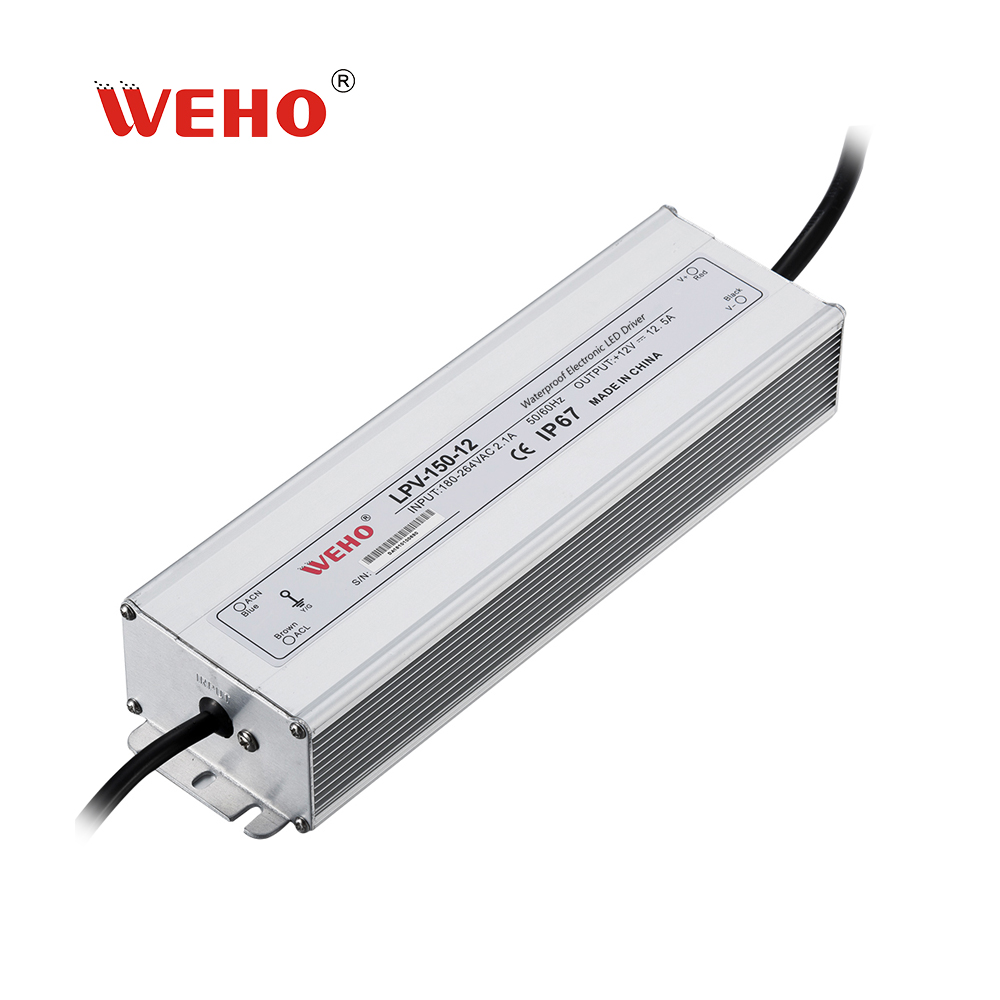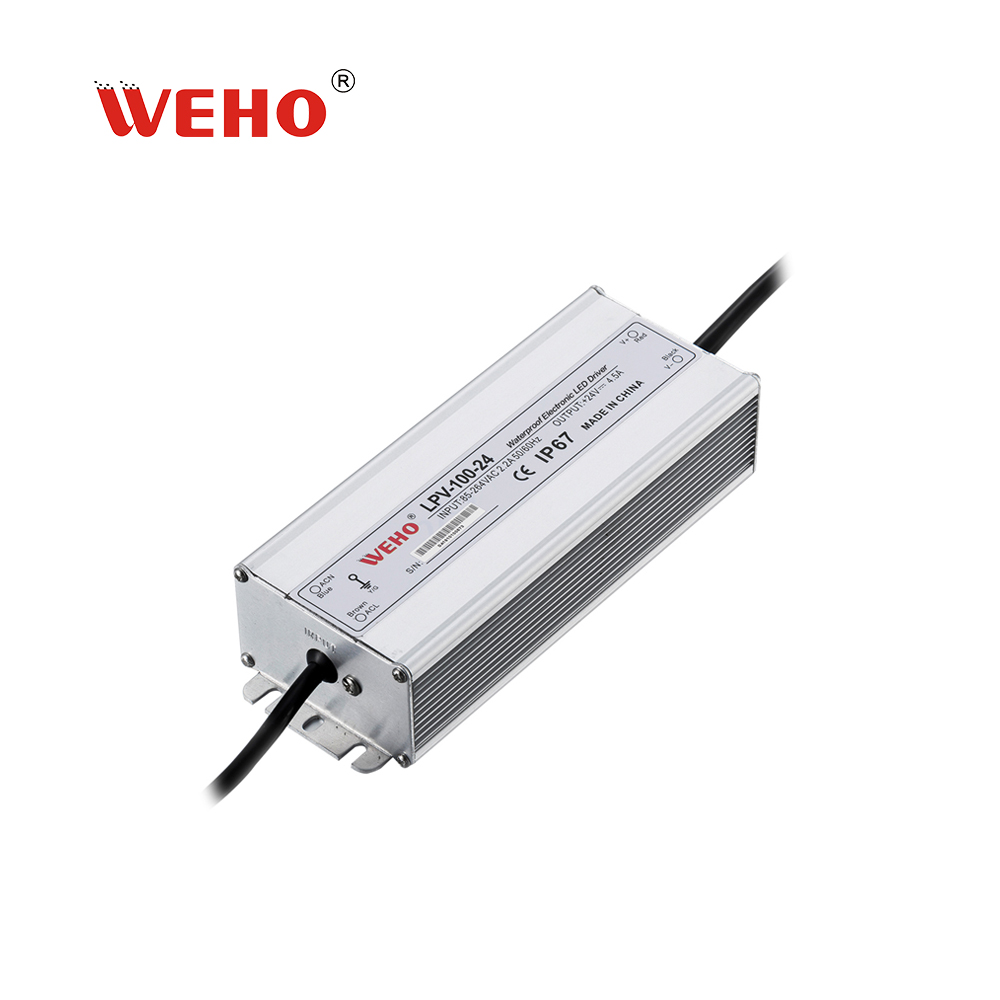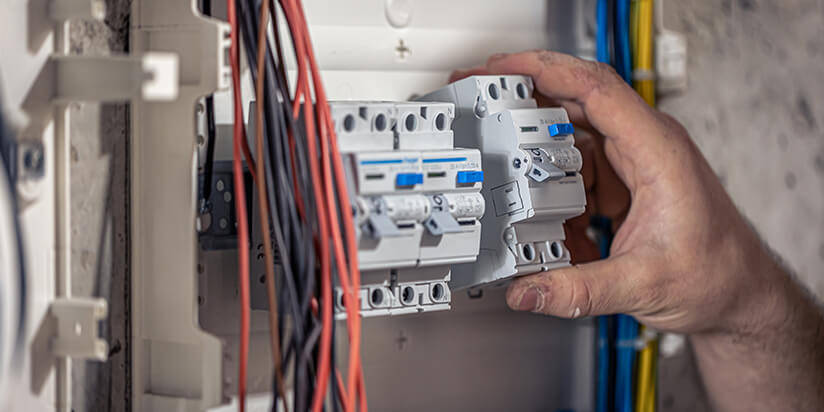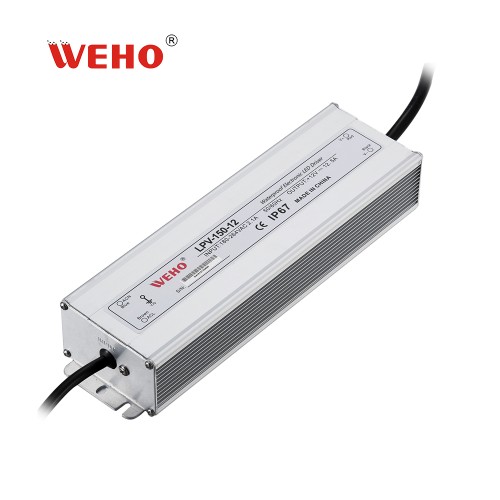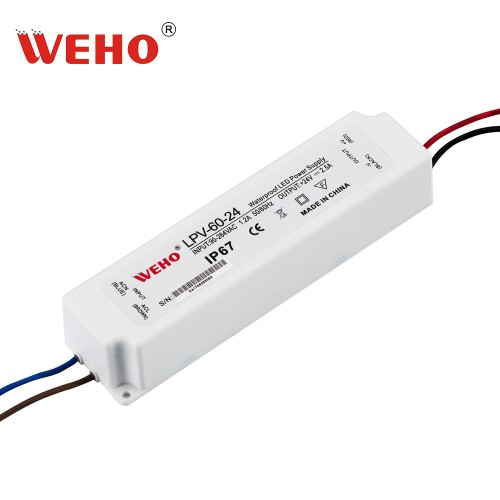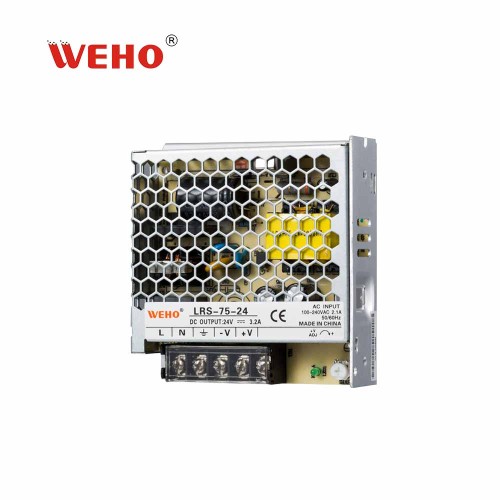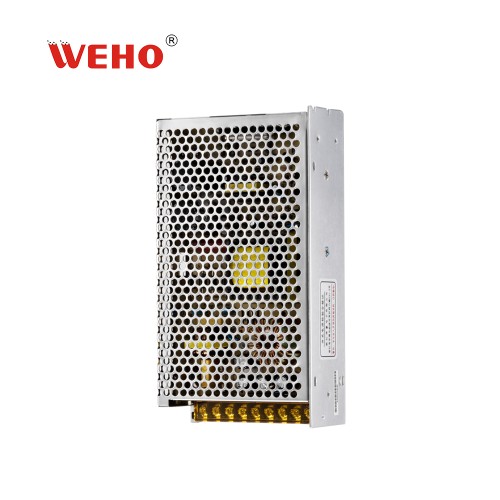How to Calculate the Optimal Power Supply Rating
Begin by determining the maximum power consumption per meter for the LED strip you intend to use. This information is typically available in the product specifications and is expressed in watts (W).
Once you identify the power consumption per meter, it’s advisable to factor in a margin of approximately 20-30% to account for variances and ensure stable operation. This margin is crucial to prevent overloading, burnout, and to guarantee consistent power supply along the entire length of the LED strip.
For example, let’s say the power consumption of one meter of your LED strip is 4.8 W. If you plan to connect 3 meters of LED STRIP LIGHTS:
Power Required=(Power Consumption per Meter)×(Number of Meters)
- Power Required=4.8W/m×3m=14.4W
- After calculating the power required, add the recommended power reserve (20-30%)
Optimal Power Supply Rating=Power Required×(1+Power Reserve Percentage)
- Optimal Power Supply Rating=14.4W×(1+0.20)=17.28W
In this example, you would need a power supply rated at not less than 18 W to ensure optimal performance, avoid overloading, prevent burnout, and guarantee reliable operation throughout the length of the LED strip.


